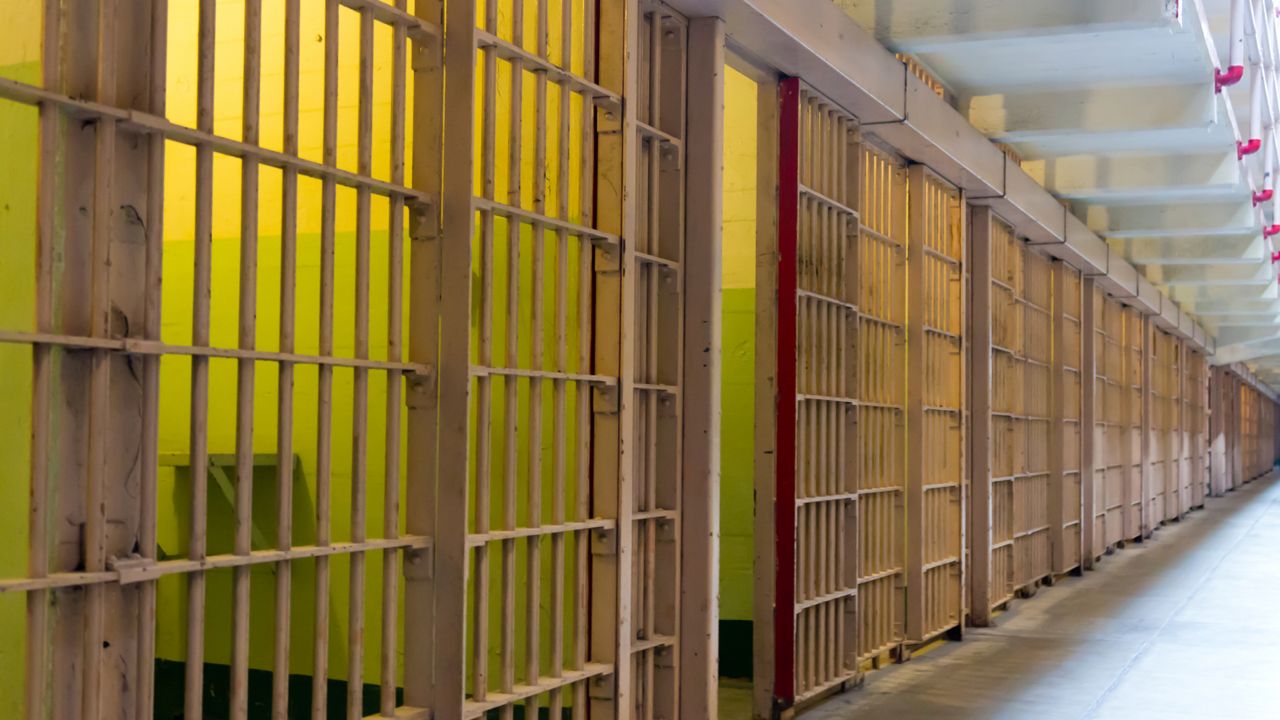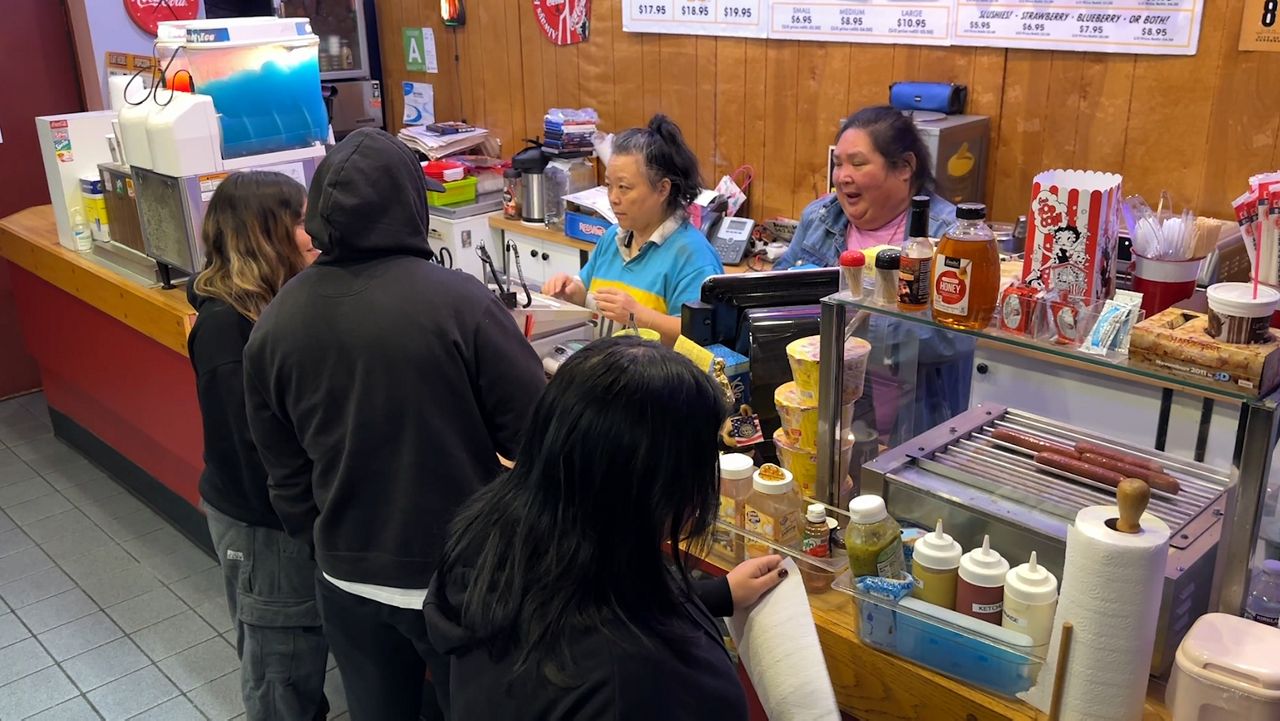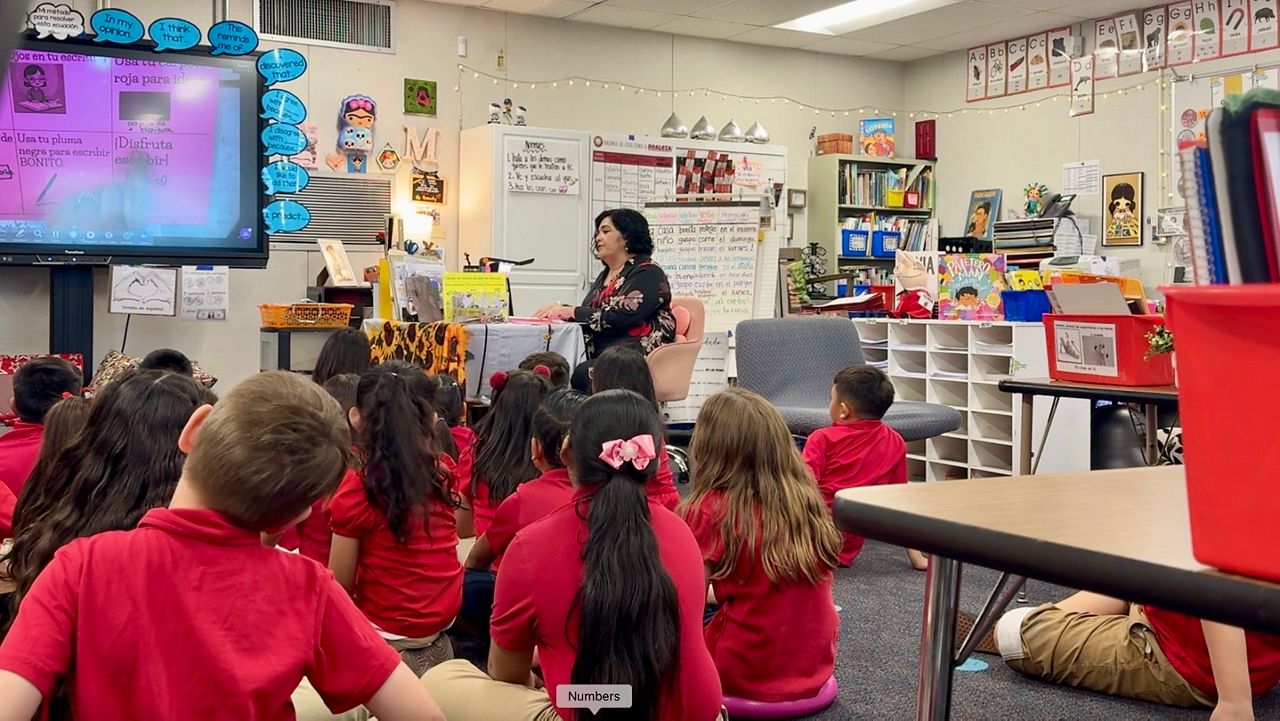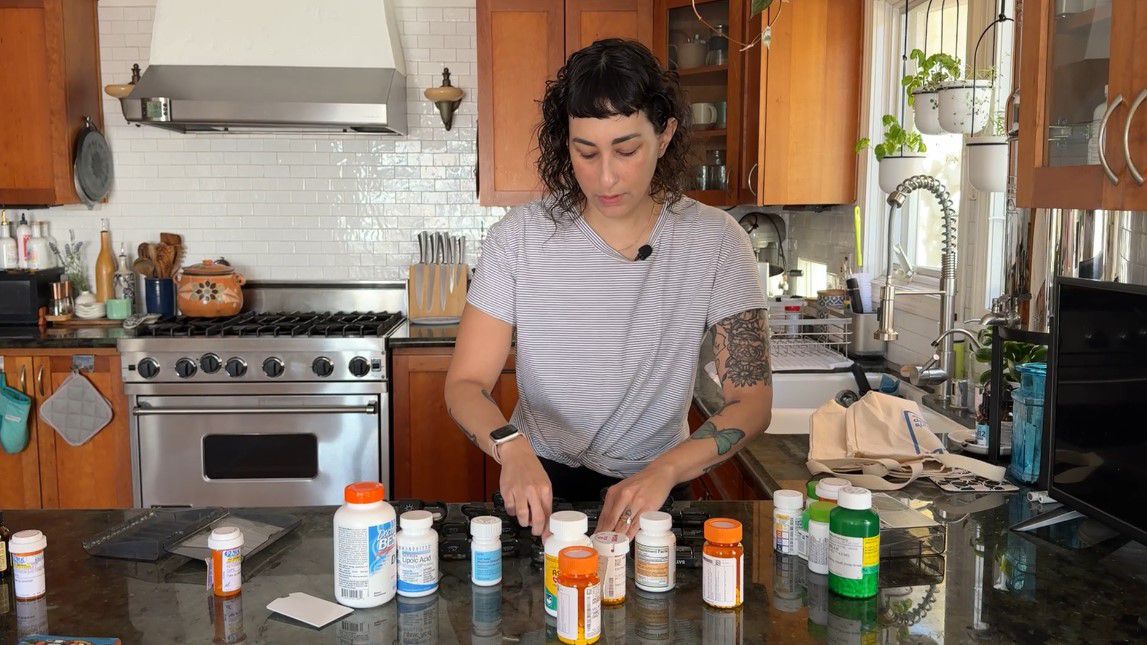ORANGE COUNTY, Calif. — As coronavirus rates climb and the death toll grows, county leaders still dispute how best to stem the tide and whether cutting jail populations will help.
Restaurants and shopping outlets across Orange County remain open, some with stricter social distancing protocols than others. Some restaurants, like Basilico’s in Huntington Beach, won’t even allow patrons to wear masks.
Among the debated topics has been jail populations and the ethics of keeping large numbers of people in small spaces during a global pandemic.
The Southern California chapter of the American Civil Liberties Union filed a lawsuit on behalf of local inmates last spring. It was an attempt to free more people from Orange County jails so they might have the freedom to social distance and protect themselves from infection.
In December, it looked like the ACLU might be on its way to a win, after an Orange County judge ruled that about 1,000 inmates should be released.
Sheriff Barnes of the Orange County Sheriff’s Department filed an appeal. The result? A compromise. The judge ordered that a “referee” be assigned to make the two sides figure out who should be released without requiring a specific number for release. Another hearing is scheduled for Jan. 20 to re-examine the dispute.
The same argument has bubbled up nationwide with advocacy groups like the ACLU and the non-profit, non-partisan Prison Policy Initiative. And efforts to track the number of cases in prisons, like the Marshall Project, have become talking points in the debate.
While advocates for the release of jail inmates or prisoners don’t always overlap, concerns over how people who are serving sentences can stay safe do intersect.
While people in jail are generally there for a shorter period of time while they await trial or sentencing, prisoners have already been convicted.
Local officials have seen benefits in releasing certain first-time or nonviolent offenders. But there has been pushback too.
Local mayors mobilized against the ACLU’s efforts in legal briefings, with 20 cities throwing their support against the release of inmates. Among them were cities like Huntington Beach, Lake Forest, and Orange. Newport Beach, among those rankled rank and file, issued a release saying, “Sheriff Barnes has already taken significant action to reduce the jail population by releasing nonviolent offenders and medically vulnerable inmates during 2020.”
Advocacy for the release of inmates has grown since a first surge of coronavirus infection rates in the spring. Jails across the country have slashed populations. Orange County itself has released hundreds of inmates it felt were not a threat.
But some Orange County mayors say the problem is more nuanced than that.
“Of course we are concerned about inmates being released without a plan who possibly have COVID, who don’t have housing,” said Costa Mesa Mayor Katrina Foley.
Prisons and jails are notorious for fostering the growth and spread of infectious diseases. Some advocacy groups say that stifling coronavirus spread amongst the incarcerated is a crucial step toward flattening the curve of the spread.
To help build its case, the ACLU asked Daniel Park, an assistant professor at UC Irvine and a specialist in infectious diseases, to visit all the area jails.
“Every day there are people coming into the jail who are not tested. [Coronavirus] is going to get imported,” Park said. “There’s no way around it.”
The issue then, he said, becomes who can be quarantined and how much distance inmates can have between them. Not a lot, it turns out. Many inmates are placed in large rooms with numerous inmates, not just one or two. So there’s nowhere to put people who need to be separated from the general population. And Park said he did not observe a regular, thorough testing protocol.
Foley suggested that inmates be sent elsewhere, but details on where that might go are unclear.
With roughly 1,800 inmates, area jails are already at about 50% capacity, according to the Sheriff’s Department.
“I don’t think just releasing people into the public is the option,” Foley said. “But I’m extremely concerned we’re not doing enough in the jails to protect the deputies, the staff and the inmates.”










